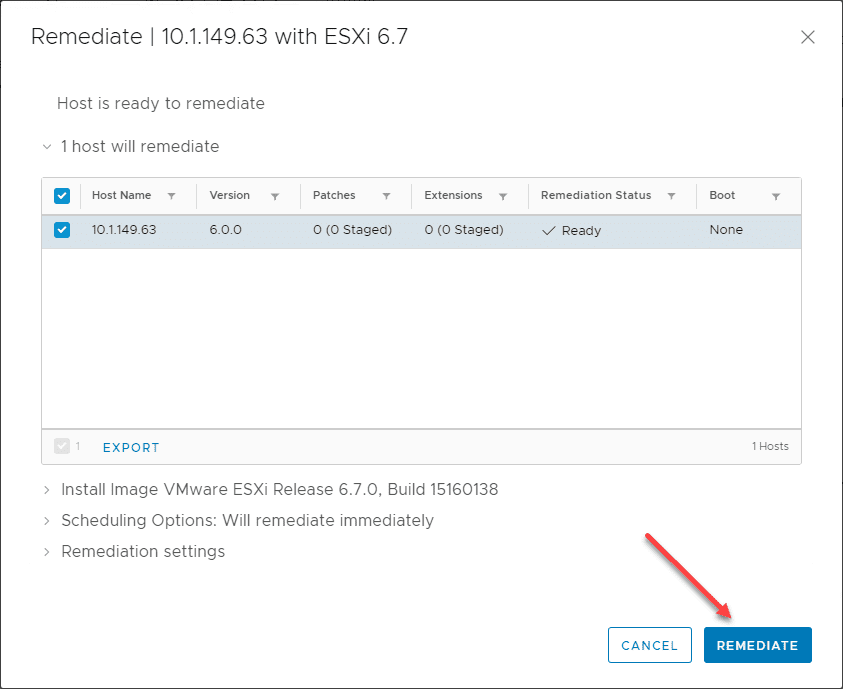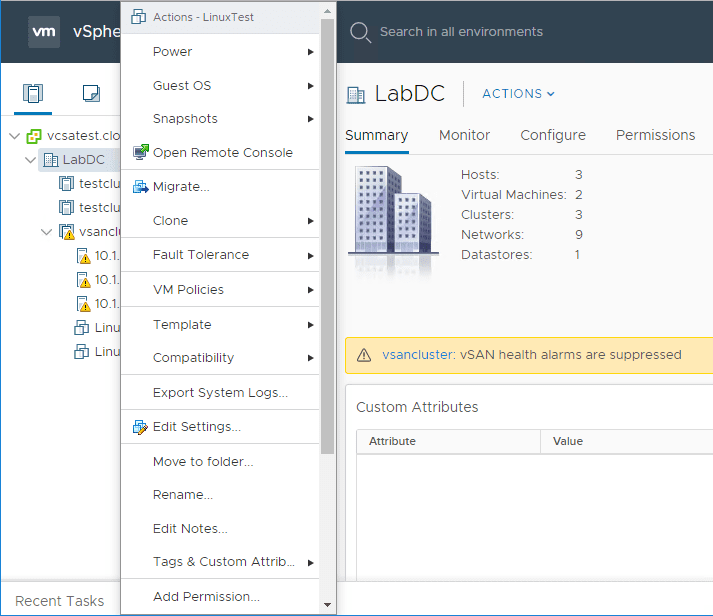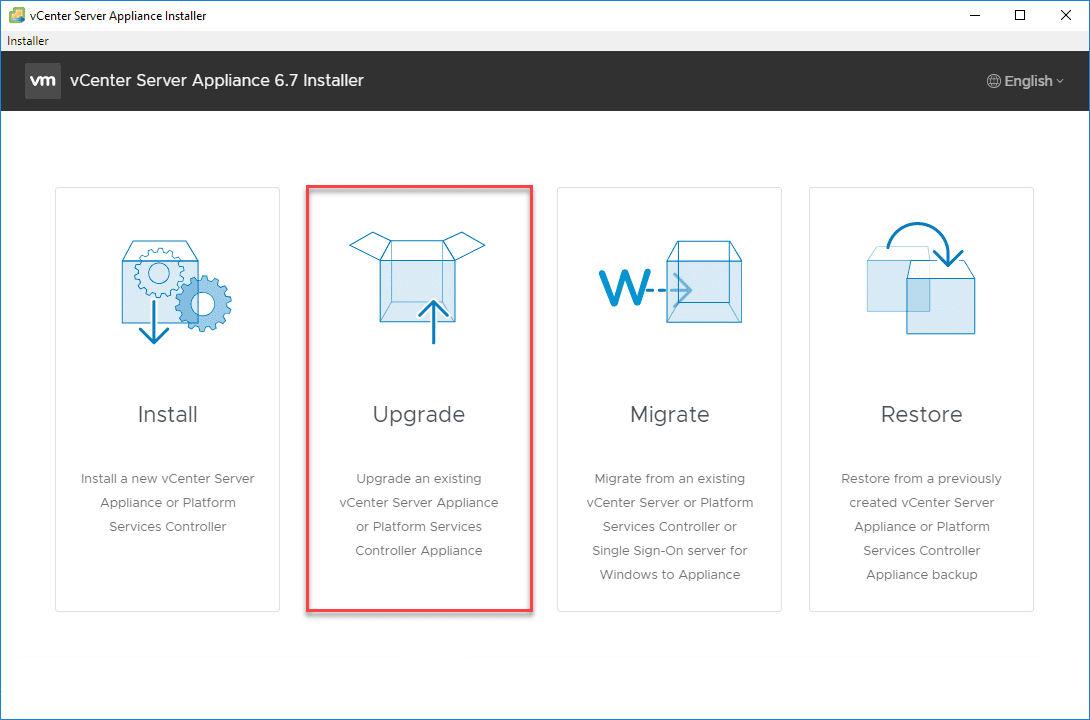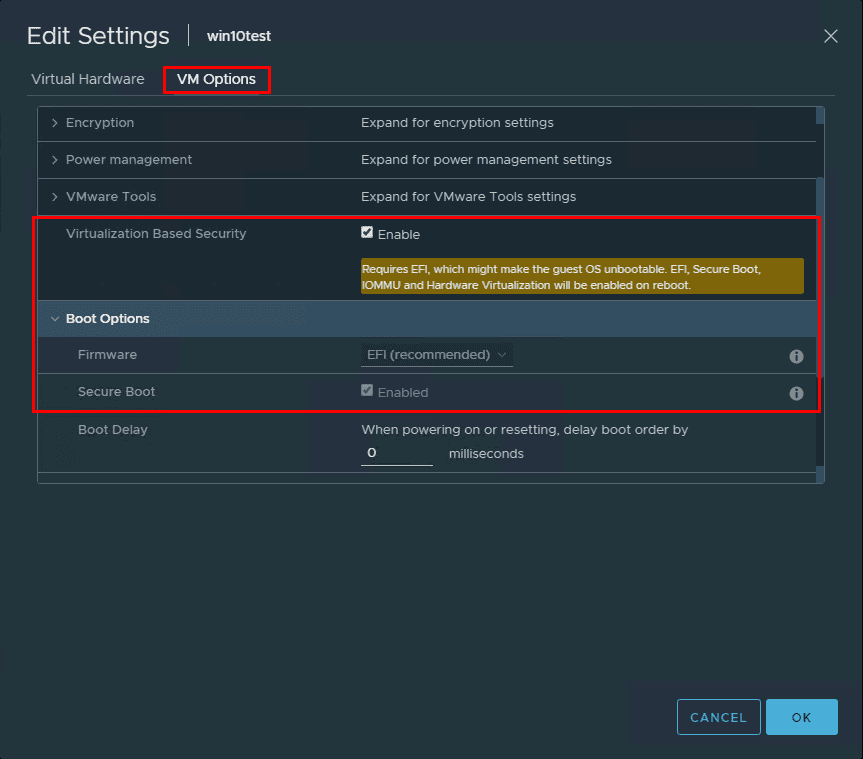VMware vSphere 6.7 New Performance Improvements
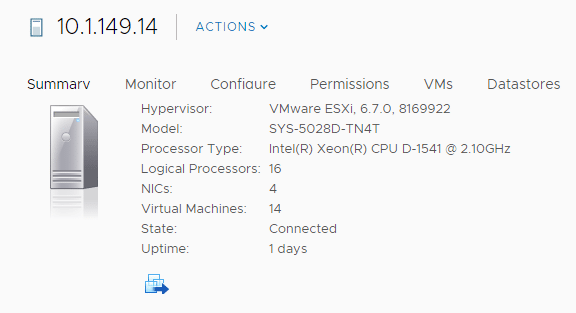
VMware vSphere 6.7 has certainly been an exciting release. It seems like however, that all VMware releases and announcements are full of new goodies and plenty of things to nerd out on. Recently, I was able to get my “production” home lab upgraded to vSphere 6.7 in addition to the nested environments that I have been running since the release was announced and it was made available. One particular aspect of VMware vSphere 6.7 that has been drastically improved is performance. It seems as though there hasn’t been an aspect of vSphere 6.7 that hasn’t been touched and improved since vSphere 6.5. In this post we will take a look at VMware vSphere 6.7 new performance improvements and some of the areas of improvements that have been made.

VMware vSphere 6.7 New Performance Improvements
There have been many improvements with this latest release of VMware vSphere. We will take a look at the following areas of performance improvements and what they mean for your datacenter.
Management
- VMware vCenter Server
- ESXi Quick Boot
vSphere Core
- Binary Translation Deprecated
- Processor Deprecation
- Host Scalability
- 1 GB Large Memory Pages
- CPU Scheduler Enhancements
- VM Per VM EVC
- Virtual Hardware version 14
- Persistent Memory (PMEM)
- Virtualization-based Security (VBS)
- Parentless Instant Clone
Storage
- Maximums
- 4Kn
Network
- RSS for UDP
- RSS for ESP
- Offload for Geneve/VXLAN
- Native Mellanox Drivers
VMware vCenter Server Performance Improvements
Taking a look at the cornerstone of the vSphere environment, vCenter Server provides and unlocks all of the core enterprise features that allow vSphere to achieve its fullest potential. There are some really nice improvements from a performance perspective with this release including:
- 2X faster vCenter operations per second – VMware has an maintains a vCenter Server benchmark utility that simulates vCenter activity called vcBench. Compared with vCenter Server 6.5, 6.7 produces twice the number of operations per second when compared to vCenter Server 6.5 (16.7 million compared to 8.3 million).
- 3X reduction in memory usage – The core vCenter process called vpxd has been optimized much further in vCenter Server 6.7 to use less memory to perform the same workloads.
- 3X faster DRS-related operations – Performing things like powering a VM is affected by the performance of DRS as DRS decides on which host a virtual ,machine is powered on. VMware has drastically improved and optimized the coordination of the various calls to reduced power-on latency to only about a third of the time it took in previous vCenter Server releases.
A really great comparative look between vCenter 6.5 and vCenter 6.7 is taken with the blog post – vCenter performance improvements from vSphere 6.5 to 6.7: What does 2x mean?
These improvements drastically improve such things as:
- Cluster Scale
- Memory Usage
- DRS operations
vSphere ESXi Host Quick Boot
Working with major server hardware vendors, VMware has allowed a new feature in vSphere 6.7 to only restart the hypervisor and its services rather than rebooting the physical server as well. This skips all the extremely time-consuming operations that happen for a physical server during POST. For more information on this new functionality consult the VMware Quick Boot Compatibility KB.
Core VMware vSphere 6.7 Performance Improvements
Binary Translation Deprecation
This is mainly something that might affect old operating systems such as Windows 2000 or older server. Binary translation mode virtualization of operating systems has been supported through vSphere 6.5. However, with 6.7, this is no longer supported. Take a look at more information in the VMware KB article here describing the BT mode virtualization.
Processor Deprecation
If you have perhaps tried to upgrade an ESXi host that was running on older hardware using the following processors, you may have seen the hardware compatibility error. Note This will also affect the vCenter Server 6.7 Witness node appliance in an environment as well.
AMD Opteron 13xx Series
AMD Opteron 23xx Series
AMD Opteron 24xx Series
AMD Opteron 41xx Series
AMD Opteron 61xx Series
AMD Opteron 83xx Series
AMD Opteron 84xx Series
Intel Core i7-620LE Processor
Intel i3/i5 Clarkdale Series
Intel Xeon 31xx Series
Intel Xeon 33xx Series
Intel Xeon 34xx Clarkdale Series
Intel Xeon 34xx Lynnfield Series
Intel Xeon 35xx Series
Intel Xeon 36xx Series
Intel Xeon 52xx Series
Intel Xeon 54xx Series
Intel Xeon 55xx Series
Intel Xeon 56xx Series
Intel Xeon 65xx Series
Intel Xeon 74xx Series
Intel Xeon 75xx Series
Host Scalability
New host maximums have been published with vSphere 6.7 including the following:
- Host processor maximum supported processors increased from 576 to 768 logical CPUs.
- Host memory maximums have also been increased from 12 TB to 16 TB of RAM.
1 GB Large Memory Pages
Due to large memory footprint applications such as SAP HANA, modern processors introduced the creation of larger memory mappings which increased the memory reach of the applications. In previous ESXi versions, ESXi allowed guest operating system memory mappings based on 2MB page sizes. This has been increased to 1 GB page sizes which has improved performance up to 26% in 1 GB memory access performance.
CPU Scheduler Enhancements
The CPU scheduling mechanism has historically always been improved with each release. With vSphere 6.7 the last global locak has been eliminated which allows CPU scheduling to support tens of thousands of worlds. This further improves the support and scalability of the vSphere platform for containers and microservices.
Virtual Per VM EVC
In previous releases of vSphere as we all know the EVC or Enhanced vMotion functionality was configured at the cluster level. With vSphere 6.7 this attributed has been moved down to the virtual machine level rather than at the cluster. This allows for much greater granularity in administering and controlling EVC for a particular VM without affecting the entire cluster.
Virtual Hardware Version 14
vSphere 6.7 introduces the Virtual Hardware version 14. This introduces support for the following:
- Persistent memory
- 1 NVDIMM controller per VM
- 64 NVDIMMS per VM
- 1 TB non-volatile memory per VM
- Virtual TPM that works with Microsoft’s Virtualization-based Security or VBS
Persistent Memory (PMEM)
New persistent memory has the speed of DRAM but is able to retain its contents through power cycles. This new layer sits between NAND flash and DRAM with even faster performance. Using two new modes, vPMEMDisk and vPMEM, ESXi provides access to these new memory modules. Performance with these new PMEM modules is blazingly fast.
Virtualization-bases Security
New with Windows 10 and Windows Server 2016, Microsoft has introduced a new security feature that carves out a specially protected hypervisor restriced area where special security sensitive information such as cached credentials are stored. With vSphere 6.7 and virtual hardware version 14, you can enable this new feature of the supported operating systems.
Parentless Instant clone
With vSphere 6.7 you can now perform instant clone operations to clone a running state of another power-on virtual machine very quickly. This new virtual machine is identical to the source virtual machine. This provides new opportunities for large scale application deployments. Additionally, Horizon 7.5 makes use of the new instant clone technology found in vSphere 6.7.
Storage Performance Improvements in vSphere 6.7
Maximums
New maximums include:
- Fibre Channel devices increased from 512 devices per host to 1024
- Fibre Channel paths increased from 2048 paths per host to 4096
- Virtual disks per PVSCSI controller has been increased from 16 disks to 64. This allows for 256 disks per virtual machine.
4Kn
A new software emulation layer exposes 512 sectors to the guest operating system while using 4Kn drives as local storage in a server. Legacy OS’s will also be able to take advantage of this. Additionally, it allows utilizing 4Kn hardware on your vSphere 6.7 host.
Network Performance Improvements in vSphere 6.7
vSphere 6.7 introduces a new version of the vmxnet3 adapter, version 4, which includes new features.
- RSS for UDP – Receive side scaling for UDP
- RSS for ESP – Receive side scaling for encapsulating security payloads
- Offload for Geneve/VXLAN – network virtualization encapsulation Geneve and VXLAN offload is now available.
- For home labno longer need to enable promiscuous mode for nested hypervisor hosts – Native MAC learning has been introduced. With ESXi 6.7 you .
vSphere 6.7 Performance Resources
Takeaways
The VMware vSphere 6.7 New Performance Improvements include a long list of items that have been improved in just about every area including vCenter Server, core vSphere functionality, security, storage, and networking. VMware vSphere 6.7 is certainly an exciting release in terms of what it brings to the table in improvements. As always however, organizations will have to do their due diligence in covering the bases of supportability, such as data protection, across the board when considering upgrading their current environments. With vSphere 5.5 quickly about to be end of life, organizations looking to upgrade their environments anyway to remain in a supported condition are no doubt eyeing the vSphere 6.7 release.




